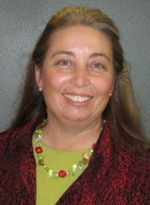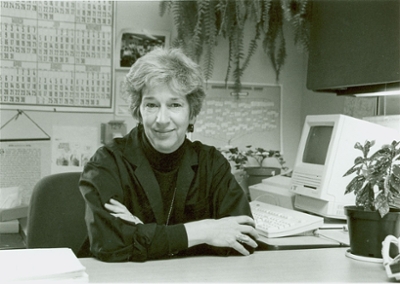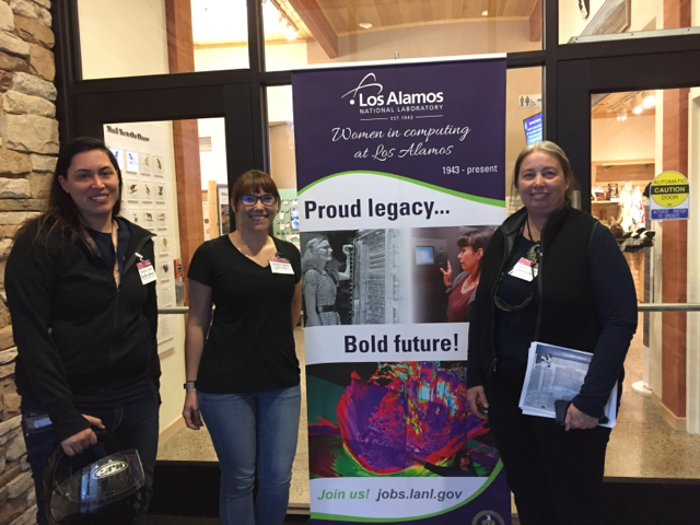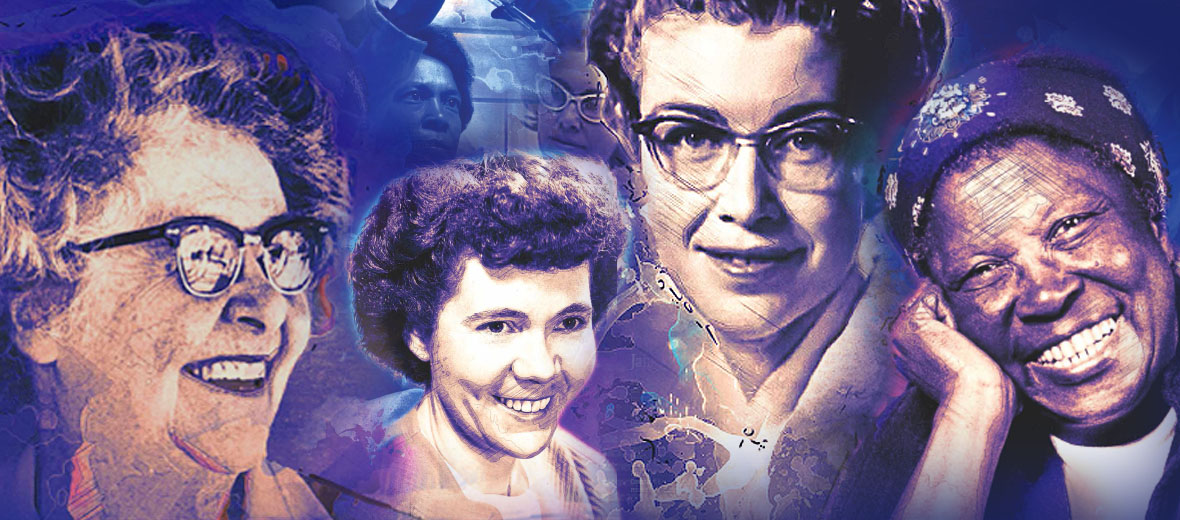Women in Computing at Los Alamos
A strong tradition of taking on national challenges and building the future
Contacts

- HPC Deputy Group Leader
- Carolyn Connor
Proud Legacy and Bold Future
Most recently, STEM Workforce Diversity magazine named the Laboratory a top-20 government employer for 2016. Ranked No. 20 on a list that included NASA, the CIA, and the FBI, Los Alamos was the only national laboratory to achieve this recognition.

Ann Hayes worked as a computer programmer at Los Alamos until she became leader of the supercomputer-benchmarking group (C-3) in 1978. C-3 produced reports that made Los Alamos a leader in supercomputer performance studies in the 1980s. Former members of C-3 attributed much of the group’s success to the managerial practices of Ann and her colleagues.
C-3 deliberately hired roughly an equal number of men and women of varying backgrounds, as Ann and her managing staff found a diverse group to be an asset for providing a variety of perspectives, which would have been absent otherwise. Members of Ann’s group remarked that their ideas and viewpoints were valued, with the quality of their work being their only measure. Those who experienced C-3’s success brought Ann’s managerial strategies with them, actively building more diverse groups as they moved throughout the Lab.
The lessons and value of fostering success through diversity tend to reach far beyond where they originate in an organization, even decades later.
Heather Quinn, an electrical engineer and expert on Field-Programmable Gate Arrays (FPGAs) in the Lab's Intelligence and Space Research Division, stressed the importance of mentorship in her education and career. Her advisor and mentor, Miriam Leeser, was instrumental in helping Heather navigate graduate school as an electrical engineering student, after Heather had left physics as an undergrad due to discrimination.
Heather credited the mentorship of her advisor with setting her on the path that ultimately led to Los Alamos. Heather then cited the importance of mentorship continuing after graduation to ensure a smooth transition to the workplace.
It was mentors like Maya Gokhale and Paul Graham who made for a positive work experience when transitioning from school to Los Alamos in 2004. Maya and others in ISR likewise fostered a diverse, positive environment, much like Ann Hayes fostered in C-3 in the 1980s, which made a long-term career at Los Alamos approachable and desirable.
Heather, and other interviewees who have discussed the importance of mentorship in their careers, also make a point of continuing for the next generation the mentorship that made such a positive difference in their own lives.







